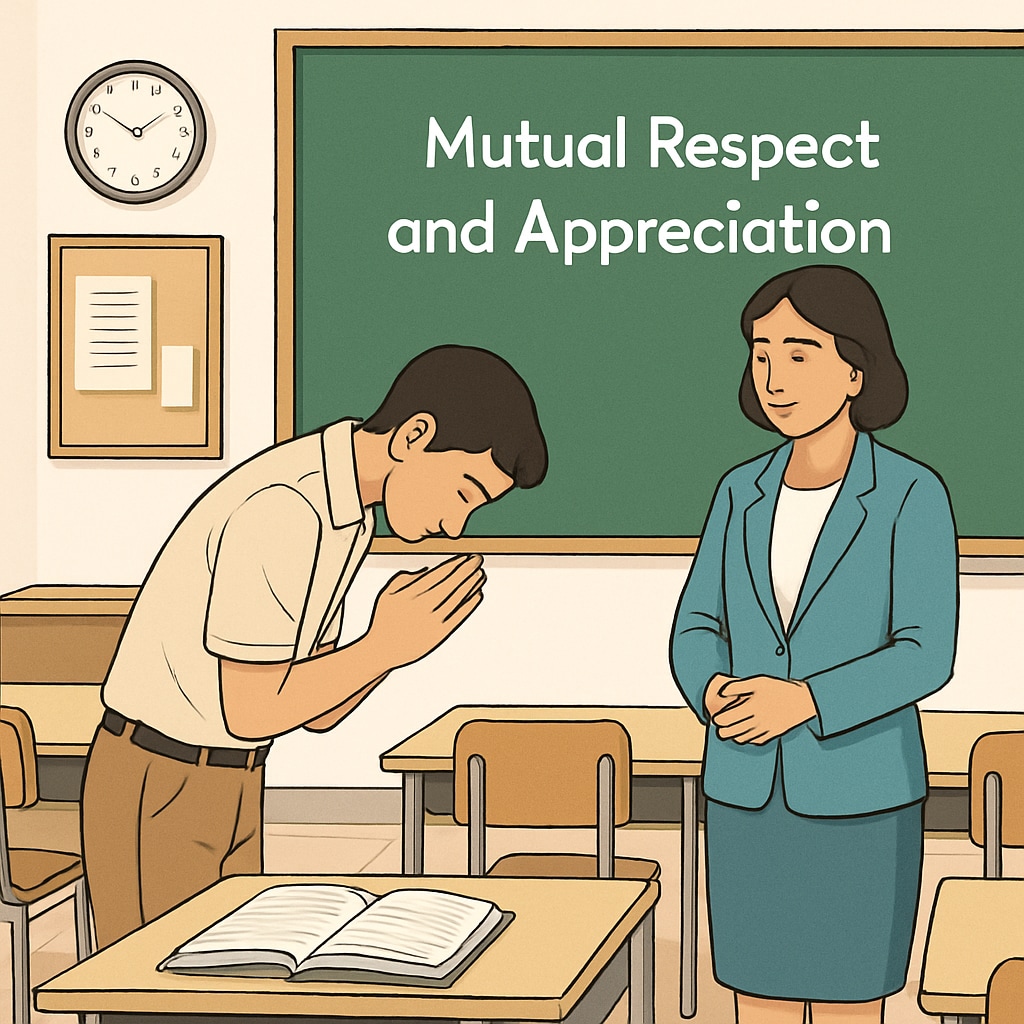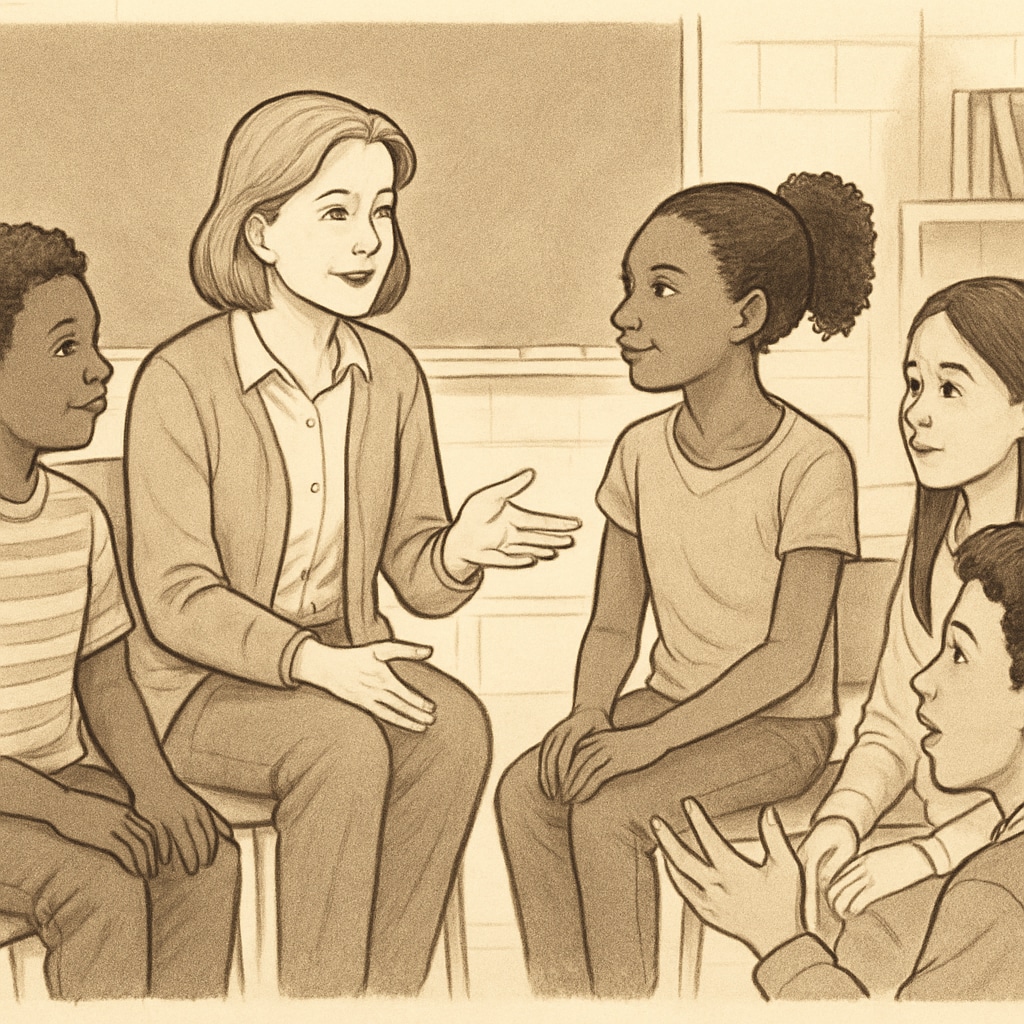A sincere “thank you” from a student can carry profound significance in the realm of education. When students express gratitude, it not only impacts the teacher but also nurtures a culture of mutual respect. In this dynamic, respecting student perspectives becomes a cornerstone for fostering teacher influence and enhancing students’ sense of self-value. This article delves into how genuine student gratitude enriches the learning process and strengthens the essence of education.
The Transformative Power of Student Gratitude
Gratitude is a simple yet transformative act. When students genuinely thank their teachers, it goes beyond a polite gesture—it becomes a reflection of their learning experience. This sincere acknowledgment can validate the teacher’s efforts and create a sense of accomplishment. According to Britannica, gratitude is closely associated with emotional well-being, fostering stronger interpersonal connections.
Moreover, gratitude from students can inspire teachers to invest even more in their roles. For example, a heartfelt “thank you” following a challenging project can reinforce the teacher’s belief in their impact. It nurtures a positive feedback loop, where appreciation fuels motivation, and motivation enhances the quality of teaching.

Respecting Student Perspectives: Building a Two-Way Dialogue
Respect for student viewpoints is another vital element that amplifies the impact of gratitude. When educators actively listen to and value student opinions, they cultivate an environment where students feel heard and respected. This mutual respect encourages students to engage more fully in their learning journey.
For instance, incorporating student feedback into lesson planning can demonstrate that their perspectives matter. By doing so, teachers empower students to take ownership of their education. This empowerment often leads to a deeper appreciation for the teacher’s role, as students recognize the collaborative effort required to create meaningful learning experiences.
Additionally, respecting student perspectives fosters self-worth. When students see their opinions reflected in classroom practices, they develop a greater sense of identity and confidence. As a result, their gratitude becomes more authentic and impactful, reinforcing the teacher-student bond.

Fostering Gratitude: Practical Strategies for Educators
While student gratitude often arises naturally, educators can take proactive steps to encourage this positive dynamic. Here are some strategies:
- Model gratitude: Teachers who express gratitude to their students set a powerful example. This could include thanking students for their efforts or contributions to class discussions.
- Create a culture of appreciation: Encourage students to acknowledge the support they receive from peers and teachers. Activities like gratitude journals or “thank-you walls” can help foster this culture.
- Celebrate successes: Recognize and celebrate milestones, both big and small. This acknowledgment can encourage students to reflect on their progress and express gratitude for the guidance they received.
As these strategies demonstrate, cultivating gratitude in the classroom is not about demanding thanks but about creating an environment where appreciation naturally flourishes.
Conclusion: The Essence of Education
Student gratitude, teacher influence, and respect for perspectives are interconnected threads that form the fabric of meaningful education. A sincere “thank you” from a student is not just a gesture—it is a testament to the transformative power of teaching and learning. By fostering a culture of respect and appreciation, educators can unlock the full potential of their students while rediscovering the profound impact of their own roles.
Ultimately, the deepest impact of education lies in the relationships it nurtures. As students and teachers continue to learn from one another, gratitude serves as a powerful reminder of the value of these connections. It is in these moments of mutual appreciation that the true essence of education is realized.
Readability guidance: Short paragraphs, clear structure, and the inclusion of lists ensure easy navigation. Transition words like “moreover,” “for example,” and “as a result” enhance the flow. Gratitude is explored through its emotional, relational, and practical dimensions, making the content accessible yet insightful.


